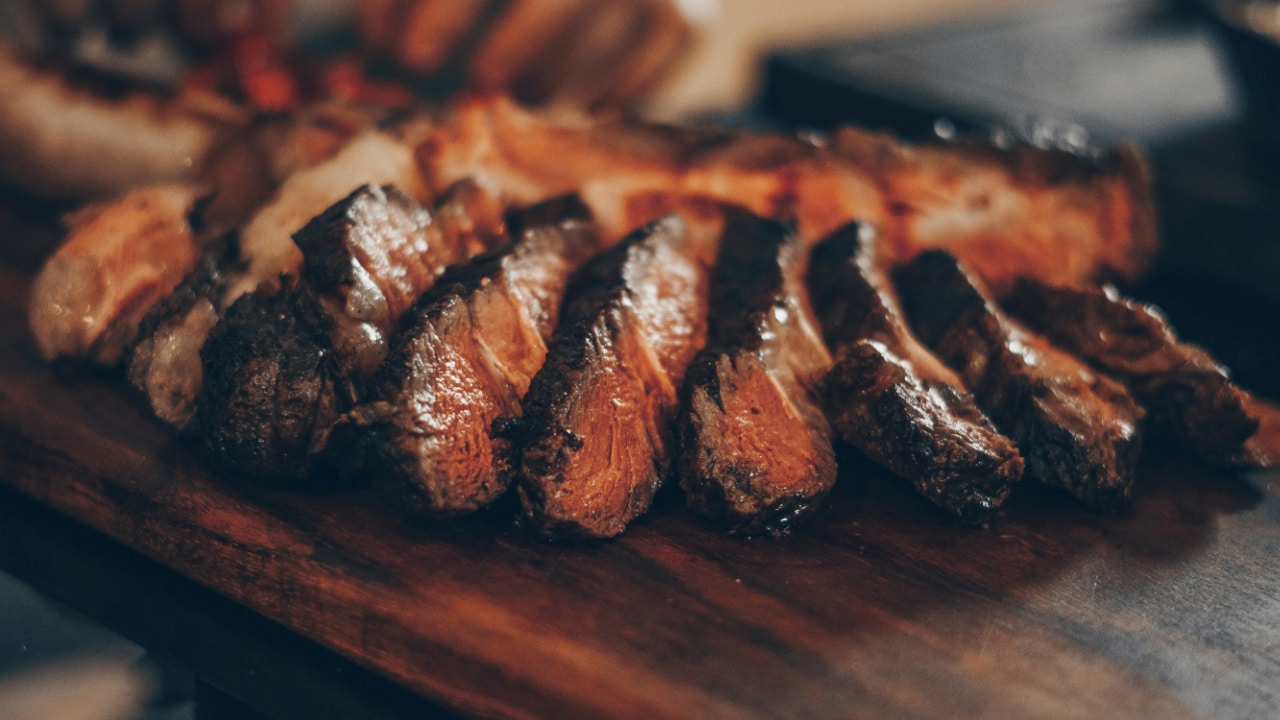Del Monte Files for Bankruptcy: Is America’s Canned Food Era Over?
There was a time when Del Monte sat in every pantry. Green beans, fruit cocktail, creamed corn, all in signature yellow-labeled cans. Now, the 140-year-old food giant just filed for Chapter 11 bankruptcy. It’s a turning point not only for the company, but for how America eats.
According to a press release issued on July 1, Del Monte Foods entered voluntary Chapter 11 proceedings as part of a “value-maximizing” sale process. The company said it reached a restructuring agreement with its lenders and secured over $912 million in financing to support operations through bankruptcy.
A “strategic step forward”
Del Monte President and CEO Greg Longstreet called the decision “a strategic step forward for Del Monte Foods.” In the release, he explained, “After a thorough evaluation of all available options, we determined a court-supervised sale process is the most effective way to accelerate our turnaround and create a stronger and enduring Del Monte Foods.”
He added that, with new ownership and an improved capital structure, “we will be better positioned for long-term success.”
Despite filing for bankruptcy in the U.S. Bankruptcy Court for the District of New Jersey, the company intends to stay open and continue operations throughout the proceedings. According to the filing, Del Monte holds between $1 billion and $10 billion in estimated liabilities and assets and has between 10,000 and 25,000 creditors.
What went wrong? Del Monte couldn’t recover from the COVID-era miscalculation
Del Monte’s bankruptcy didn’t come out of nowhere. According to Sherwood News, the company increased production during the COVID-19 lockdowns to meet the spike in demand for shelf-stable foods. But when the panic-buying faded, they were left with massive excess inventory, which they stored, wrote off, or sold at “substantial losses,” according to court documents.
Adding to the struggle, rising interest rates nearly doubled Del Monte’s annual interest expenses since 2020. That led to what the court documents describe as “historic lows” in liquidity.
At the time of filing, Del Monte reportedly carried over $1.2 billion in secured debt. While the company secured financing to keep operations running through the restructuring, its core business continues to lose relevance in today’s food market.
Del Monte’s real problem: canned food just isn’t hot anymore
According to Sherwood, Del Monte’s decline is part of a broader shift in American eating habits. Canned vegetables once made up 30% of U.S. vegetable consumption. By 2019, the USDA reported that the number had dropped to 23%. Canned fruit consumption fell even faster, from 11% to just 5% by 2023.
As fresh produce becomes increasingly accessible, consumers are opting for healthier, less-processed alternatives. Others are saving money by choosing store-brand canned goods instead of legacy names like Del Monte.
Adding to the pressure, newly imposed 50% tariffs on imported steel and aluminum (the primary materials used to make cans) are expected to further squeeze profits. According to Sherwood, around 80% of can-grade steel used in the U.S. is imported.
Del Monte wants to “nourish families” through the transition
Despite these challenges, the company insists it is focused on continuity and care. According to their press release, Del Monte “has nourished families for nearly 140 years,” and will continue to serve customers throughout the bankruptcy process.
“I am deeply grateful to our employees, growers, customers, and vendors,” Longstreet said. He added that the company remains committed to “expanding access to nutritious, great-tasting food for all.”
Del Monte has also filed several “first-day” motions to help ensure business continues smoothly while in Chapter 11. These filings, if approved, would enable the company to maintain regular operations and continue delivering food products without interruption.
Meanwhile, Del Monte’s non-U.S. subsidiaries are not included in the bankruptcy proceedings and will continue to operate as usual.




